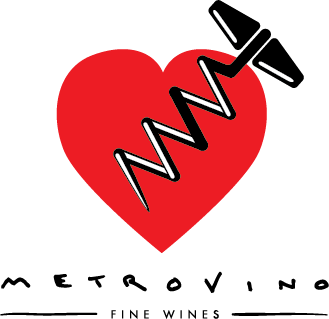Written by Al Drinkle
Halfway through my first reading of Journey to the End of the Night by Louis-Ferdinand Céline, I was crestfallen to learn that during the Second World War, the French author published a trilogy of pamphlets revealing himself to be a fervent partisan of fascism, a supporter of the German occupation and a rabid anti-Semite. The publications were so extreme that even amongst certain Nazis and collaborators, Céline was considered too frenzied to be helpful to the reprehensible cause.
Despite my initial ignorance, this is more or less common knowledge and has undoubtedly dissuaded countless people from engaging with his novels. But as anybody who has read Journey knows, his fictional writing is brilliant, superlative even, and thankfully void of the aforementioned hateful sentiments. I have been almost as enamoured with his other nine novels which I devoured in succession (okay, Fable for Another Time is a bit tedious), have unwittingly adopted his trademark “…” when text messaging and have even named my cat after Céline’s animated feline companion that shares his well-deserved exile in Castle to Castle, North and Rigadoon.
It’s a moral dilemma that I’ve struggled with for years now, namely the separation of art and the artist in the case that the latter is an unsavoury character. Céline was a repugnant racist who never apologized for his incendiary anti-Semitism, and yet were it not for a few of his novels (apolitical all), I’m not sure that I’d be here today. Nor without them would the works of Bukowski, Henry Miller or Kerouac have been half as good as they are. Does our disapproval of Céline, the man, have to extend to Journey to the End of the Night? When Knut Hamsun published a favourable obituary on Hitler, should Hunger and Mysteries have been persecuted along with his reputation? Whither the works of Ezra Pound? Should I be regretting the musical influence of Chuck Berry, depriving my evenings of Polanski’s films and renouncing records produced by Phil Spector? And why can’t I think of any female counterparts?
I don’t know how to answer these questions, but a similar issue arose in the wine world not long ago when a cult Italian winemaker posted a shockingly racist comment on his Facebook page. It reinforced a thought that follows from the indisputable fact that wine, in general, has never been of a higher standard. Finding delicious, even supernal wine, has never been easier and it allows people like us to dig deeper into the ideologies behind its fruition and make selections based on a range of criteria instead of just what’s in the glass. Between two great wines, except at the most economic pricepoint, we get to choose the one made by a family or independent enterprise, the one that abides environmental standards and the one grown by people of integrity with whom we see eye to eye.
Sadly, in the last few weeks we learned that what we thought was such a wine was actually made by an arrogant asshole who found no worth in the indefatigable role that we play in the promotion of his wines. Judging by his apathy towards us, I assume that he also doesn’t care about our restaurant customers who lovingly represent him, nor you, the final customer who fulfills the destiny of his wine. There are bottles on our shelves whose meaning to me exceeds my capacity to explain, and yet this is always engendered by the confluence of flavour, ideology and people. Eroding my attraction to one of these aspects shakes the foundations of my love. The winegrower in question thought that he could mock our utility and still find us knocking at his door next year, but we instead suggested to our now erstwhile colleague that he go commit profane solitary acts (my verbatim language, as it tends to be, was more colorful).

